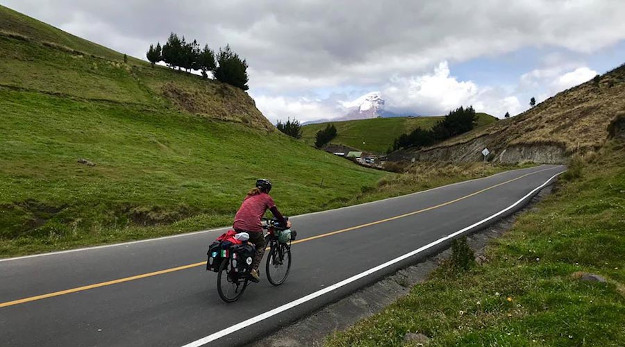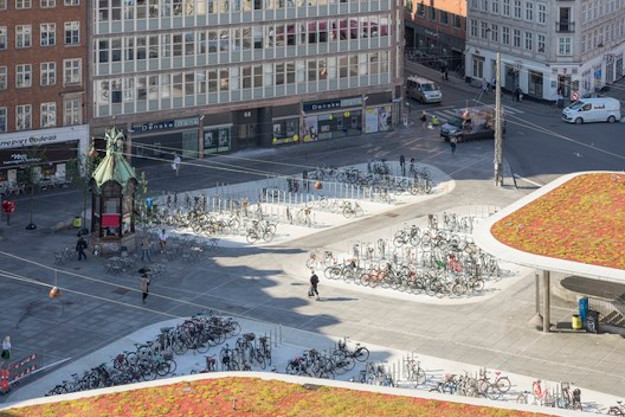The LUOstutio created a special bicycle with the inspiring name of Lady Beetle back in 2019. It followed a parallel consisting in battle two plagues: the insect eats aphids and Lady Beetle is a way of recovering some bikes from the millions of abandoned Chinese shared-bikes because of a unbridled commercial expansion. Luo Yujie and Lu Zuhuojian made it possible.
The LUOstutio created a special bicycle with the inspiring name of Lady Beetle back in 2019. It followed a parallel consisting in battle two plagues: the insect eats aphids and Lady Beetle is a way of recovering some bikes from the millions of abandoned Chinese shared-bikes because of a unbridled commercial expansion. Luo Yujie and Lu Zuhuojian made it possible.
At the beginning, both inventors were worried about millions of bike and additional scrap metal which were constantly producing. They talked to a friend who was a teacher and said them that he carried his didactic materials in a shopping cart. As a a result, they started working on a project which culminated in the Lady Beetle. It consists in a creative, interesting and lively space which reuses industrial residue in a natural and artistic manner.
What is Lady Beetle? Well, it is a quadricycle with a front wheel and three rear wheels, high load capacity to carry wisdom to wherever it goes. Its shell contributes to protect whatever is inside Lady Beetle, which above all is a moving library. Thus, it eases teaching materials to be transport so that teachers do not suffer back pain and use cars.
At the beginning, both inventors were worried about millions of bike and additional scrap metal which were constantly producing. They talked to a friend who was a teacher and said them that he carried his didactic materials in a shopping cart. As a a result, they started working on a project which culminated in the Lady Beetle. It consists in a creative, interesting and lively space which reuses industrial residue in a natural and artistic manner.
What is Lady Beetle? Well, it is a quadricycle with a front wheel and three rear wheels, high load capacity to carry wisdom to wherever it goes. Its shell contributes to protect whatever is inside Lady Beetle, which above all is a moving library. Thus, it eases teaching materials to be transport so that teachers do not suffer back pain and use cars.


CREATOR: gd-jpeg v1.0 (using IJG JPEG v80), quality = 95





